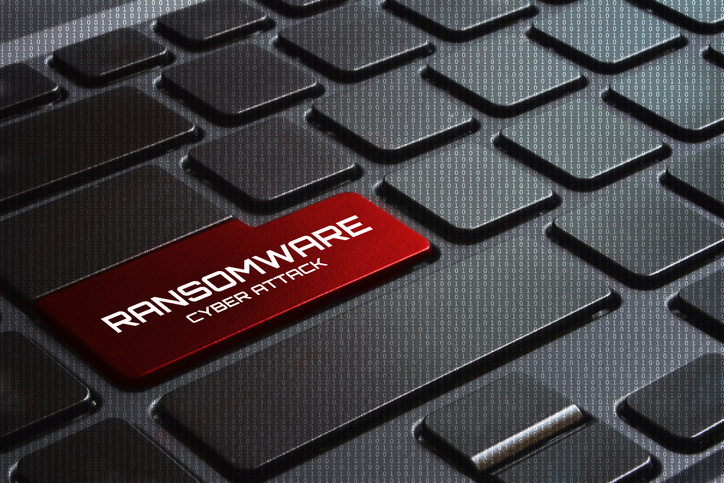Survey: Every sixth American avoids using the internet in public
Shopping malls and public event venues are considered to have the most cyber threats
Almost 16% of American internet users avoid going online in public places and nearly 70% of Americans prefer their mobile internet for online activities in public, according to a survey conducted by NordVPN. Cybersecurity experts say that these measures help to mitigate cyberthreats, but issues raised by using public Wi-Fi can also be managed by other means.
Cyberthreat of shopping malls
In the new survey, most American internet users mentioned shopping malls (51%), public event venues (50%), and cafeterias, bars, or restaurants (49%) among the places where devices are exposed to cybersecurity threats the most. Home and workplace are mentioned as the safest places from cybersecurity threats with only 20% of respondents concerned about internet security and privacy in each location.
“Internet users should evaluate cybersecurity risks in every location because the scope of threats varies depending on a place. While universities or offices tend to put more effort into cybersecurity, it might not be the case with cafeterias and shopping malls,” says Marijus Briedis, CTO at NordVPN.
Americans trust in themselves more than in technology
The survey reveals that Americans tend to rely more on their behavior online to protect themselves from cybersecurity threats in public places rather than technology. 45% of respondents claim that they avoid entering or accessing sensitive information when they are connected to public Wi-Fi. At the same time, 42% of respondents go only to safe websites, and 35% verify if the public Wi-Fi is legitimate before joining.
Regarding the usage of cybersecurity and privacy tools, the numbers are more modest. Only 27% of Americans use a VPN service, and 33% choose antivirus software. While a VPN is a more popular solution among younger generations, older generations tend to trust antivirus software.
“Cybersecurity literacy is important, and it is great that internet users avoid entering or accessing sensitive information, like banking accounts, clicking on pop-ups, or going to suspicious websites. But a human mistake is an important factor in cybersecurity and even experts do…



